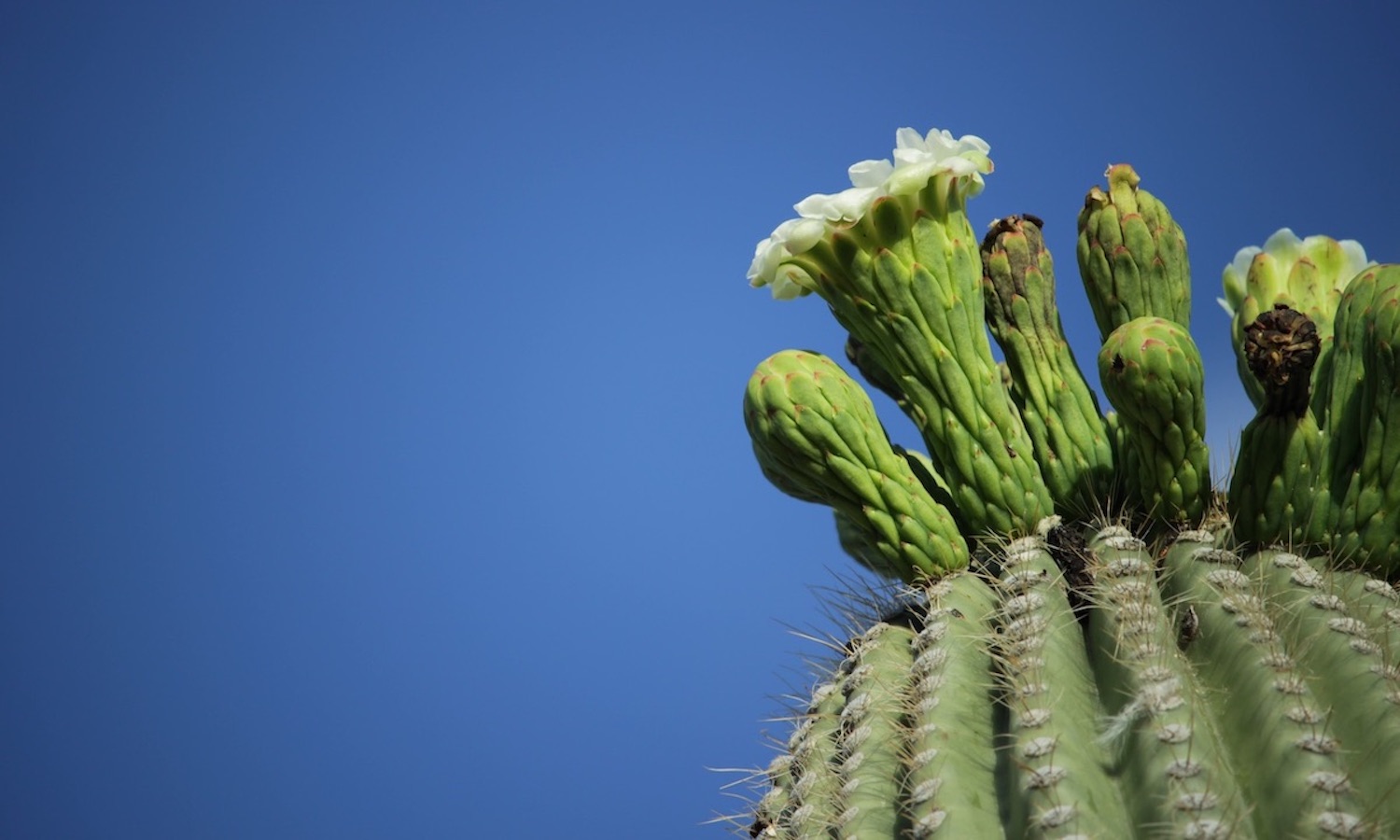Traditional indigenous knowledge is not front and center in most conversations on food system transformation and this needs to be rectified. That is why we are so excited to announce the next Food Tank Summit on ‘The Wisdom of Indigenous Foodways’ to be held on January 22, 2020 at Arizona State University. The Summit is a collaboration between Food Tank, the Swette Center for Sustainable Food Systems at Arizona State University and the Sustainable Community Food Systems Program at the University of Hawai’i, West O’ahu.
The Summit will feature native voices and, over the course of two hours, speakers will delve into a wide range of issues from biodiversity, to wild foods, landrace property rights, and more all while sharing inspiring models of strength and innovation within indigenous communities.
Kathleen Merrigan, Executive Director of the ASU Swette Center and instigator of the Summit, told Food Tank “I’m excited to help amplify voices that have not been fully heard and honored.” Merrigan says that rather than onstage, she’ll be found facilitating logistics behind the scenes. “I’m not the expert, I’m the learner in this setting,” Merrigan continued. “My hope is to identify ways in which the Swette Center can partner with indigenous peoples and fuse our various expertise to good end.”
The ASU Swette Center has 80 affiliated faculty members and works on a broad range of food and agricultural research topics. The five main focus areas, according to Merrigan: organic agriculture, empowering progressive industry leaders, true cost accounting, the “power of deliciousness,” and education. This fall, a BS degree in sustainable food systems was launched, as well as an online graduate certificate program in Food Policy and Sustainability Leadership. Fall 2020, an MS degree in sustainable food systems will be added to the offerings.
“I’m trying to share what I’ve learned over my years of policy work with future food and ag leaders,” said Merrigan. Despite the challenges we face in food systems work, the passion and innovation of these young people, including students from Indian Country, give me great hope.”













